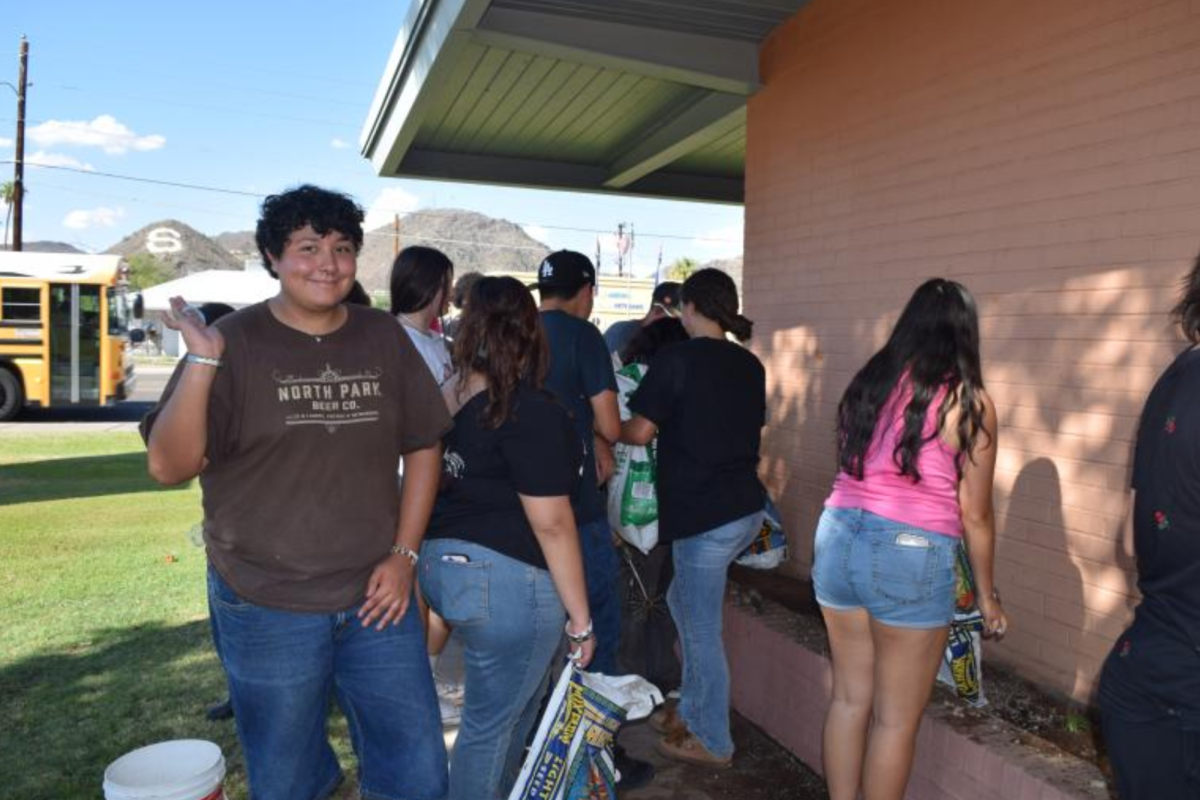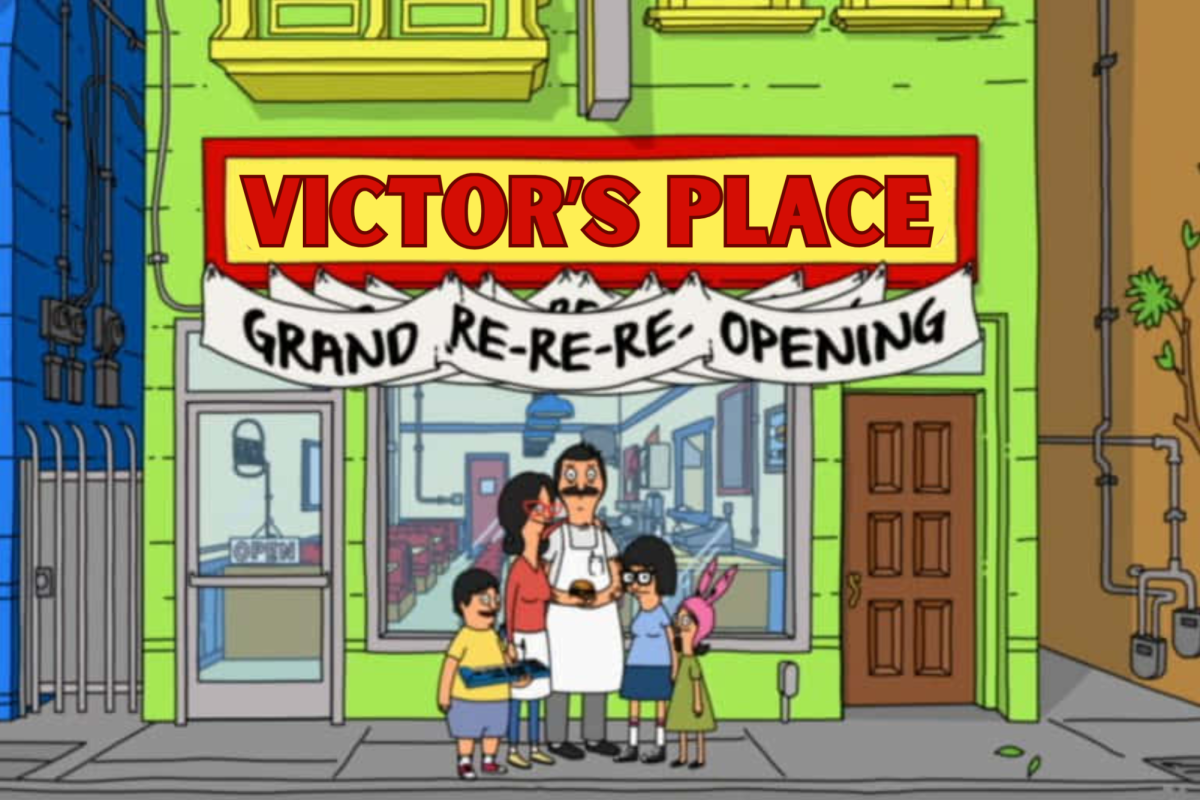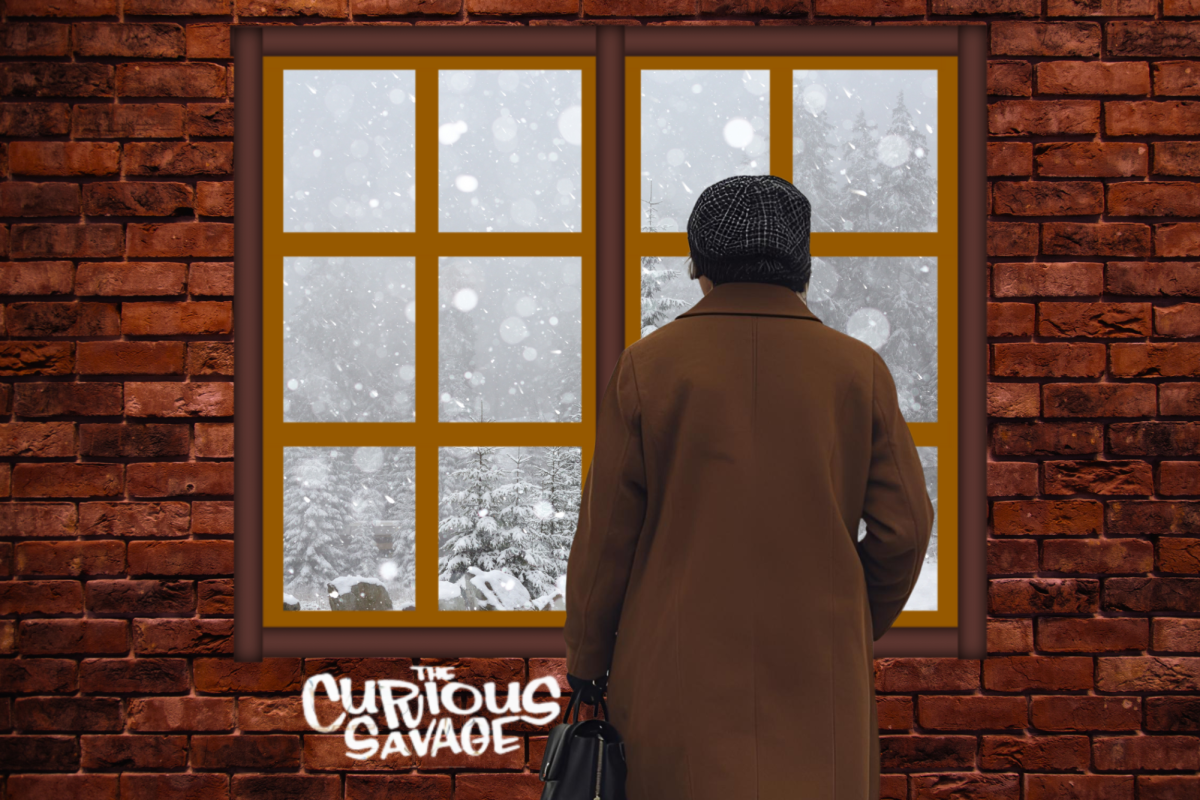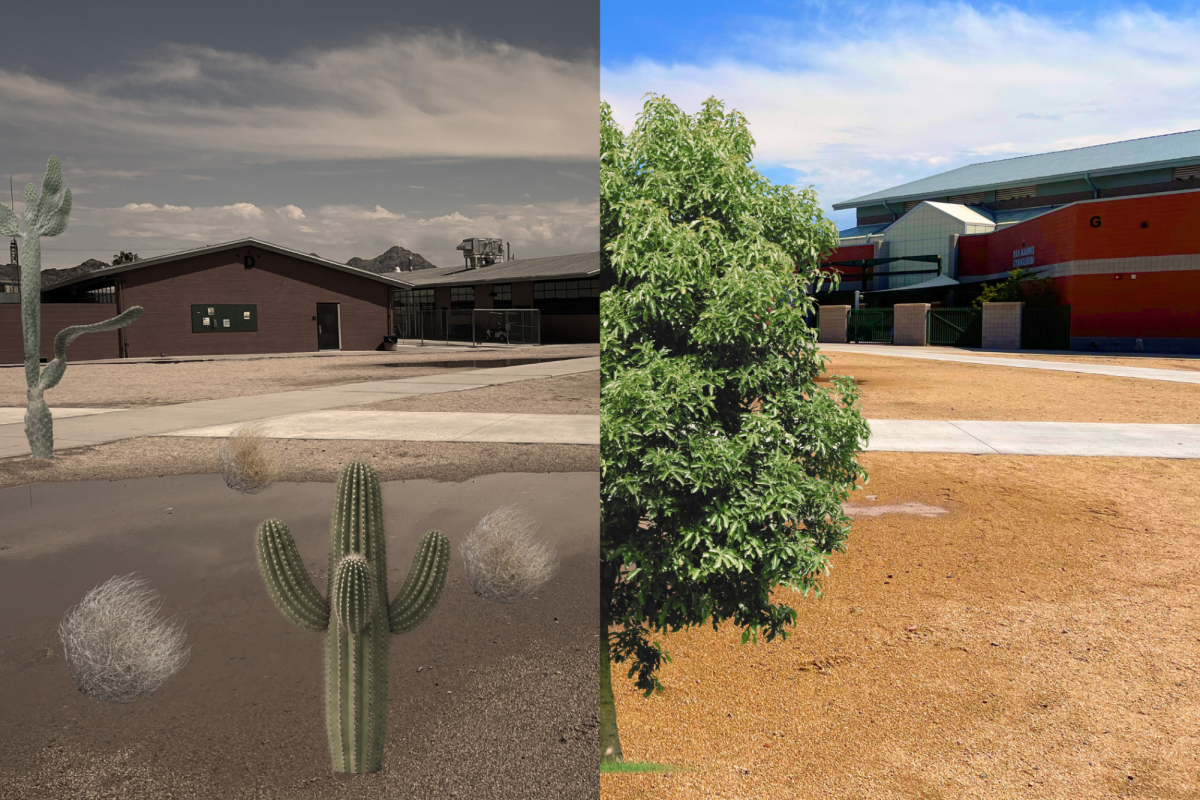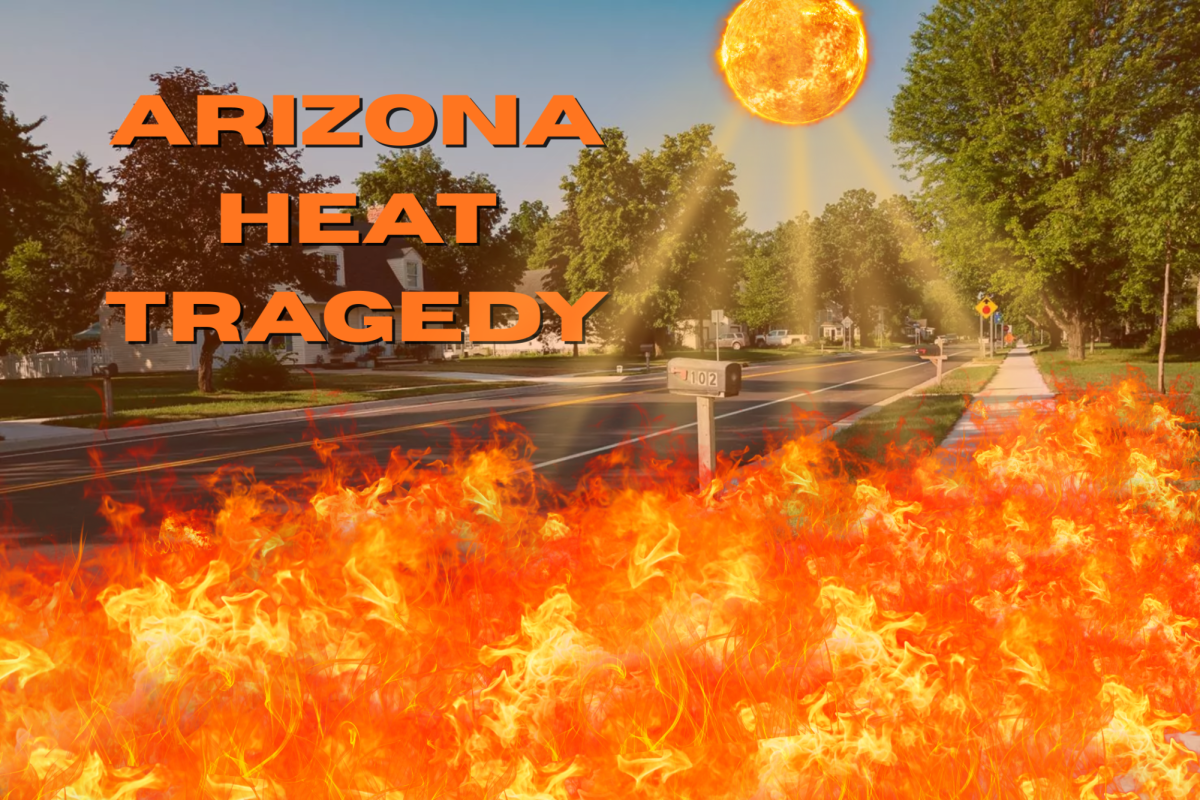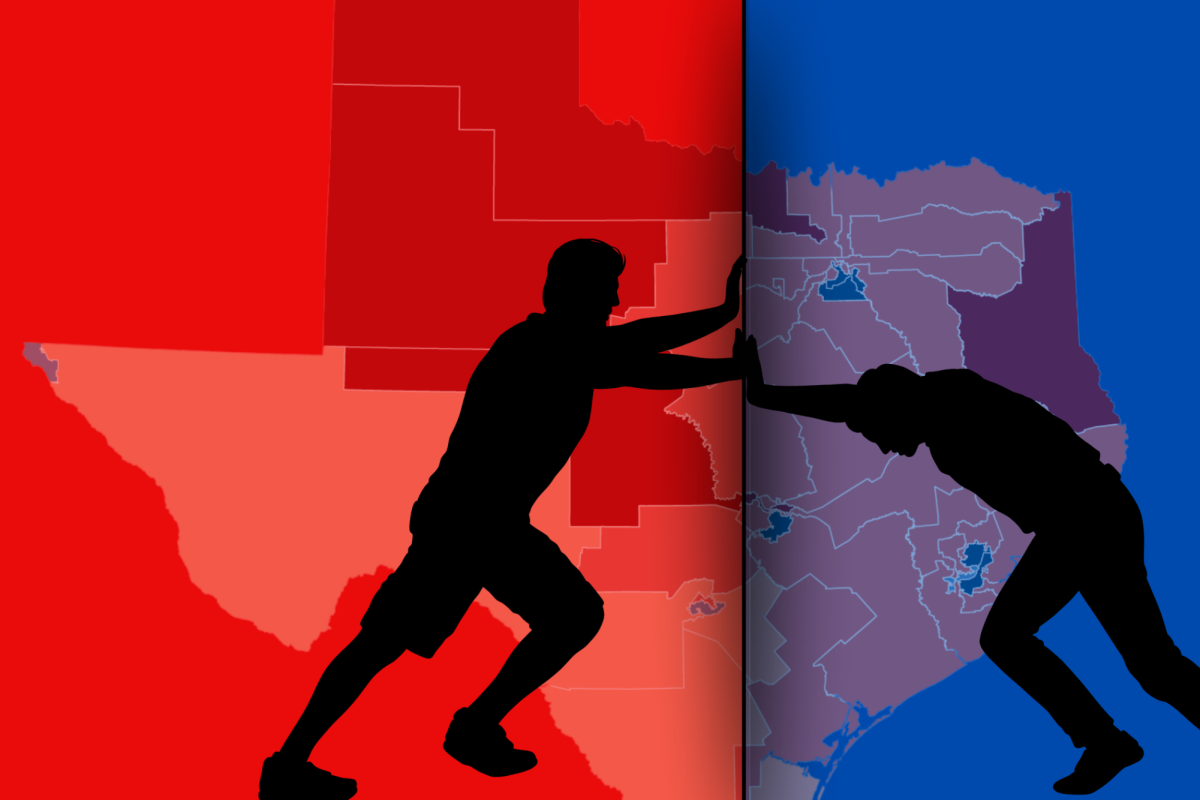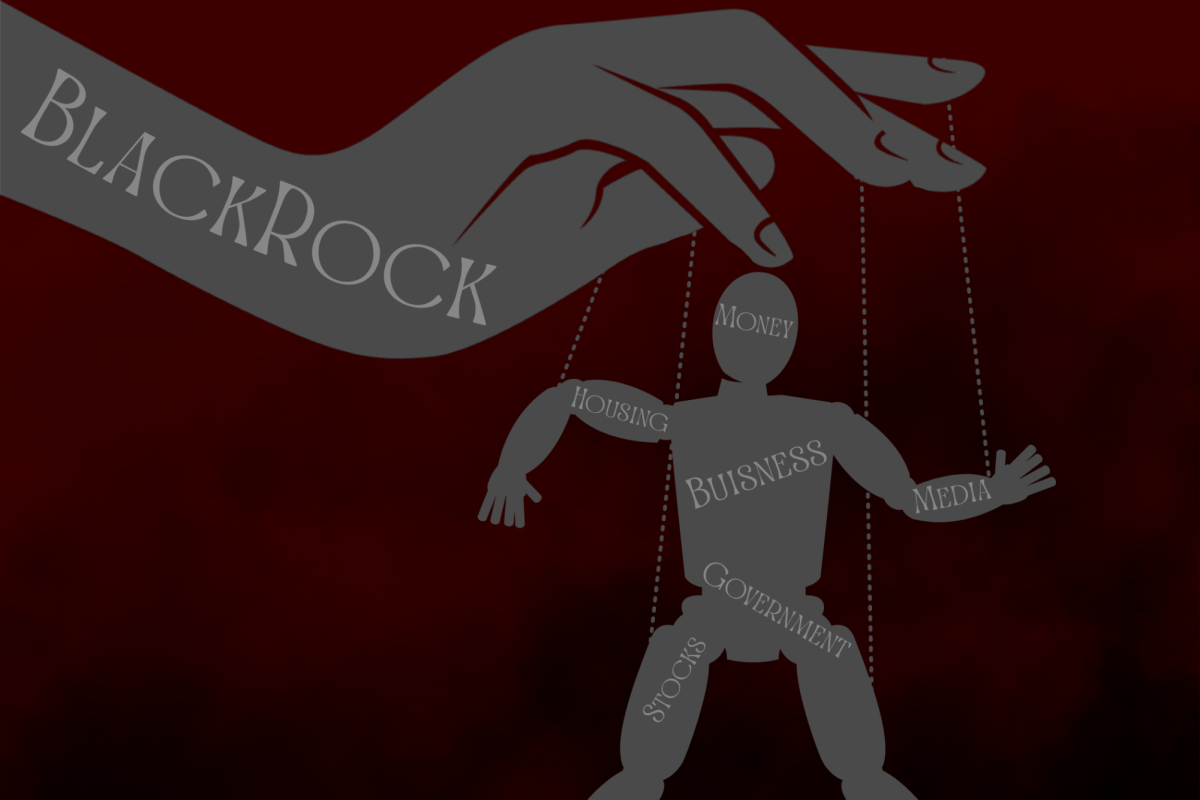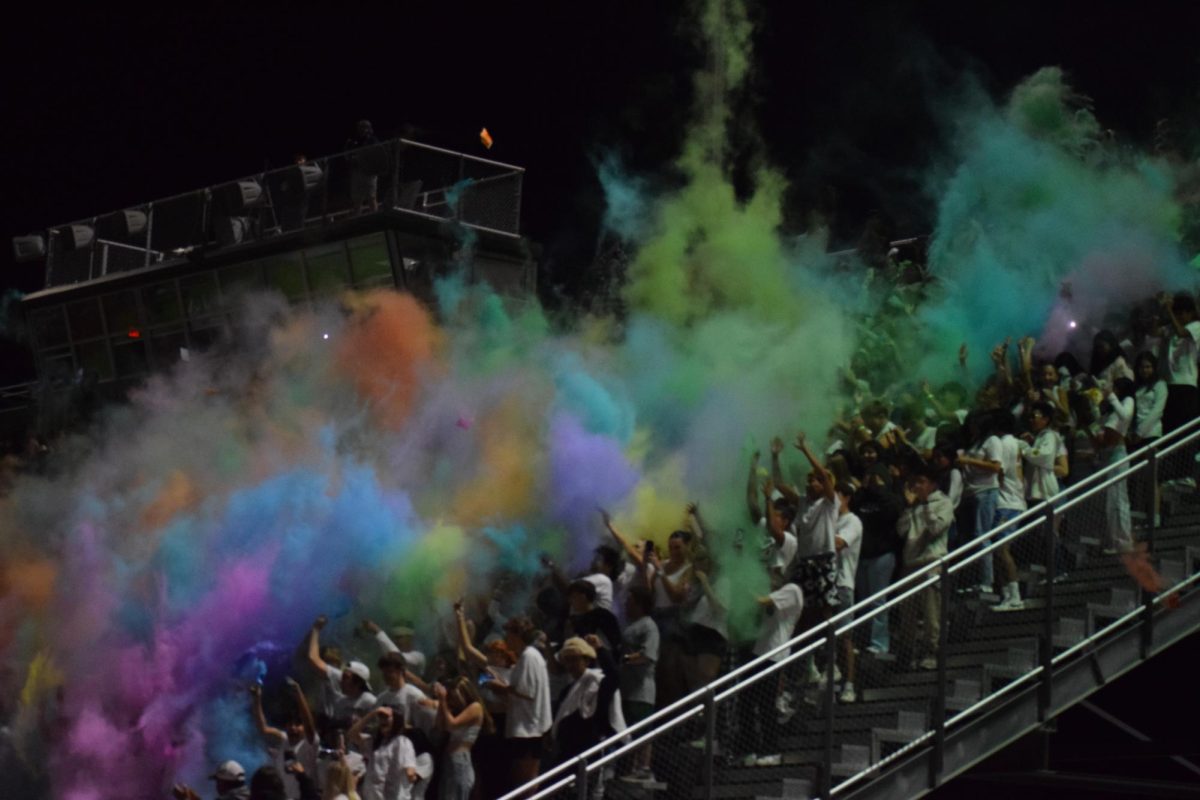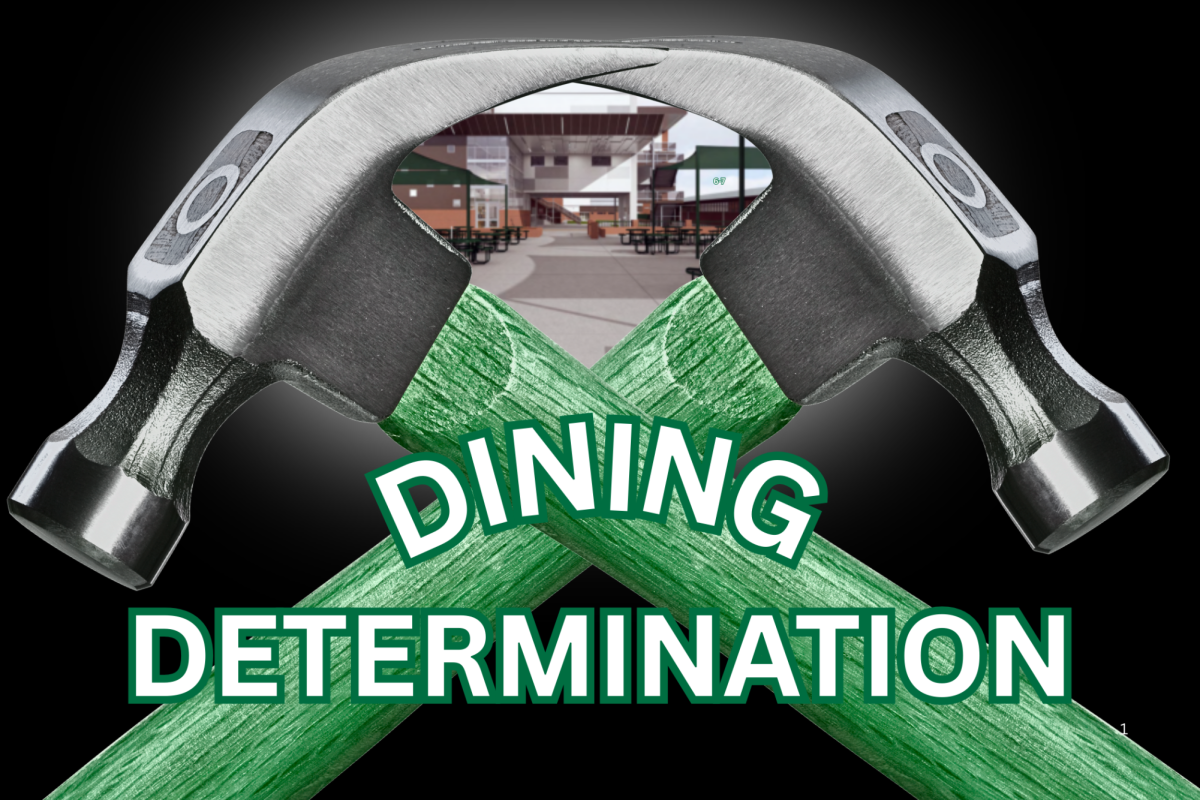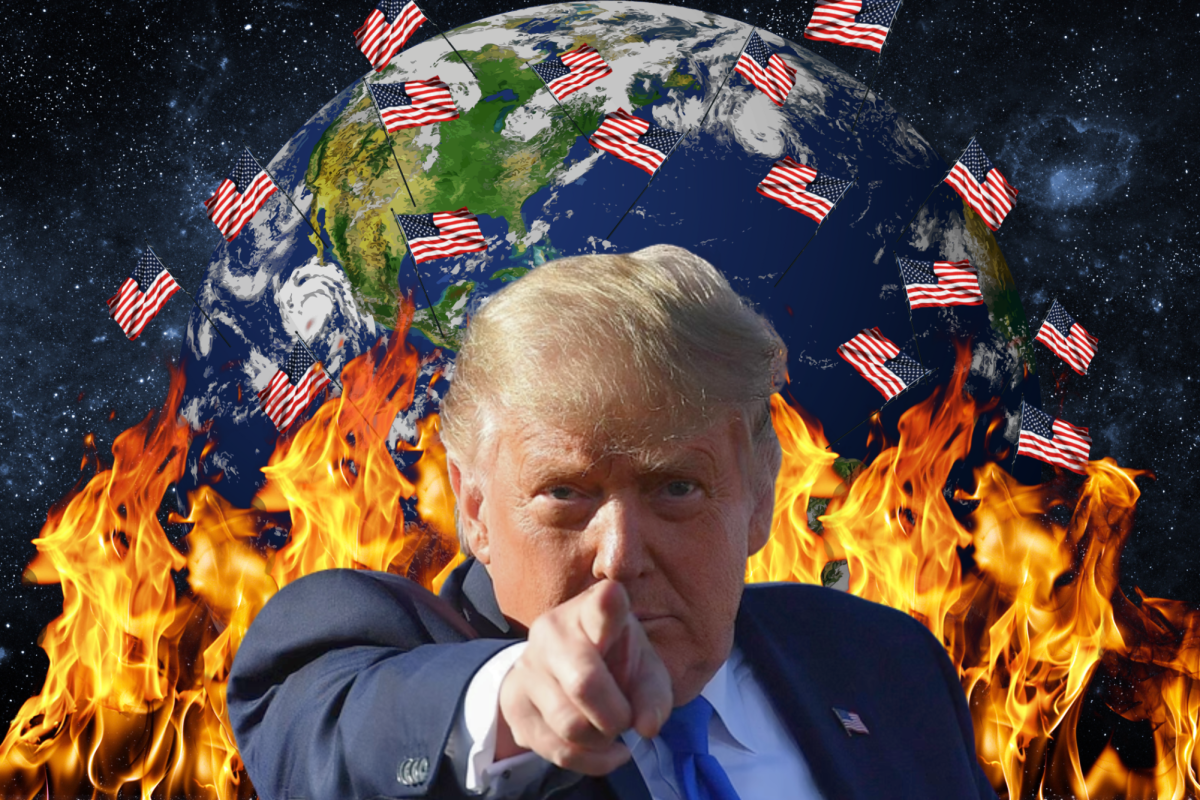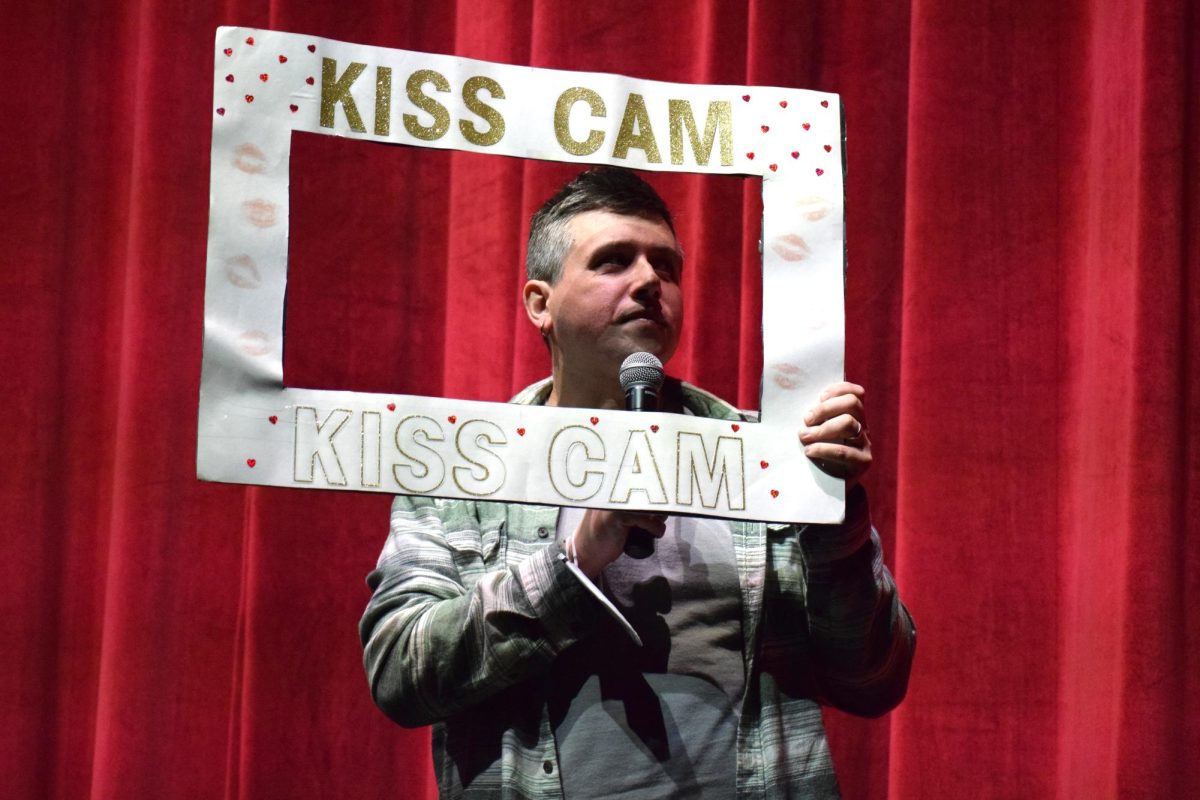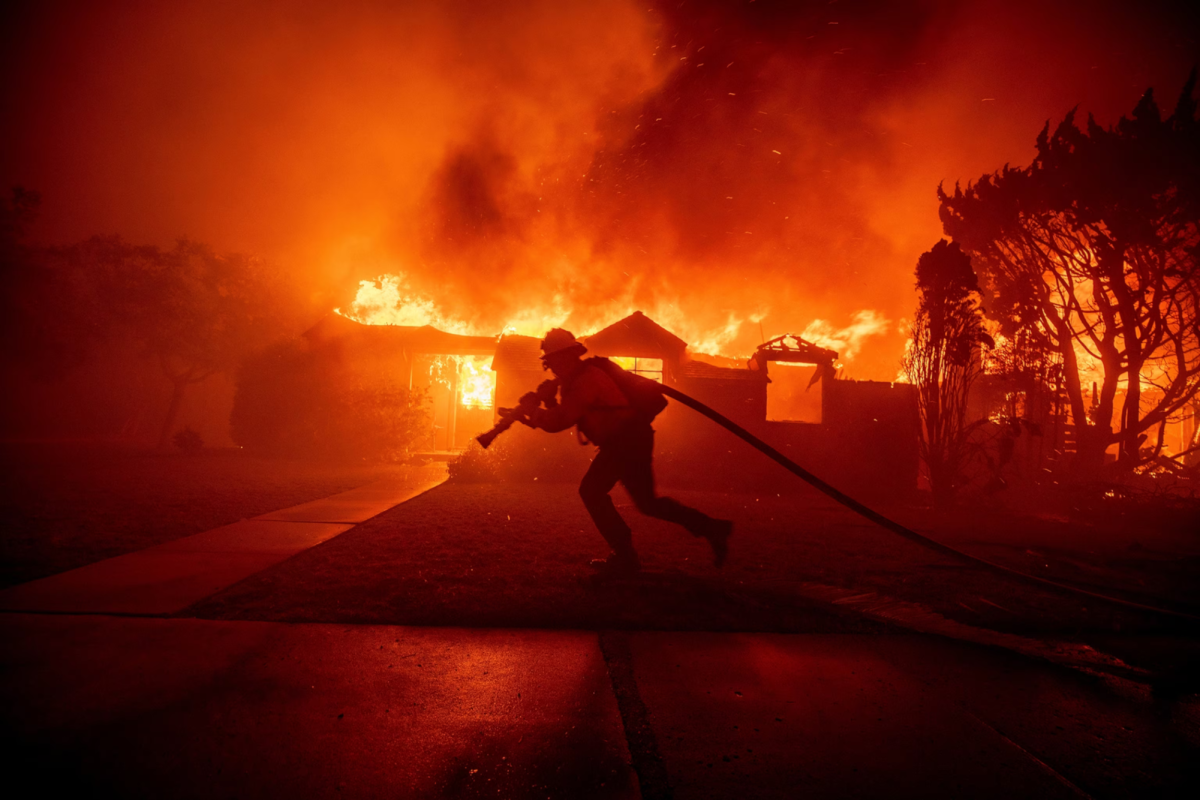Uncontrollable wildfires burned through several communities in Los Angeles County, California including Pacific Palisades, Hollywood Hills, and Altadena, beginning January 7, according to the Los Angeles Fire Department (LAFD).
The fires, which have been burning for over three weeks, have “destroyed 12,000 structures, and scorched more than 60 square miles” so far, said CBS News.
Furthermore, ABC News said, “At least 28 people have died as multiple wildfires, fueled by severe drought conditions and strong winds, rage across Southern California.”
Since the fires first started, “there [have been] close to 200,000 people under evacuation orders,” said CBS News.
Backlash:
Despite the LAFD’s growing budget and Pacific Palisades’ fully functioning fire hydrants, misinformation and slander spread just as quickly as the fire itself.
The state and local administration of California faced immense backlash, as it was discovered that the previous year, Los Angeles Mayor Karen Bass cut the budget significantly for the LAFD.
The claim is that “the LA Fire Department (LAFD) budget was reduced by $17.6m,” in the last financial year, according to BBC News.
However, it was later revealed by BBC News that “after the 2024-25 budget was passed, the city council approved $53m in pay raises for firefighters and $58m for new kits, such as firetrucks.”
This makes the budget larger than what it would have been before the early cuts.
Additionally, many claimed that fire hydrants across the Pacific Palisades community were discovered to be empty.
This was also proven false, as every hydrant was actually at full capacity.
“Officials said the hydrants were overstressed for hours as aerial firefighting wasn’t possible because of high winds,” said Associated Press.
This caused the 3 million gallons of water stored for the Palisades neighborhood to be wiped out quicker than anyone could anticipate.
The public tried to put the blame onto elected officials such as Bass and California’s Governor Gavin Newsom, but “state water distribution choices were not behind the hydrant problems, nor was a lack of overall supply in the region,” said AP News.
According to Chief Executive and Engineer of the Los Angeles Department of Water and Power Janisse Quiñones, “the hydrants in the Palisades rely on three large water tanks with about 1 million gallons each. The first ran dry at 4:45 p.m. Tuesday; the second at 8:30 p.m.; and the third was dry at 3 a.m. Wednesday.”
Regardless of the myth-busting, “an online petition demanding Bass’ resignation garnered 33,000 signatures,” according to AP News.
What Now?:
With the fires leaving over 10,000 and counting homes damaged, most victims looked to their insurance providers to contribute to starting over once the fires end.
However, most were unexpectedly presented with empty hands as victims were either dropped by their insurers or given a policy that wasn’t realistically in budget, forcing them to rebuild without insured aid.
The sudden drop in policies has left many whose houses burned down with no clothes, possessions, food, or money to start over with.
To make matters worse, it was reported that “about 1,600 policies in Pacific Palisades were dropped by State Farm in July,” said California Department of Insurance spokesman Michael Soller.
“State Farm also dropped more than 2,000 policies in two other Los Angeles ZIP codes, which include the Brentwood, Calabasas, Hidden Hills, and Monte Nido neighborhoods,” said CBS News.
Insurance companies have deemed it too risky to provide policies to certain residents and have had to “cut coverage in the most at-risk zones of the state in recent years,” said Newsweek.
In fact, State Farm all together “stopped accepting new fire insurance applications in California back in May 2023,” said Yahoo News and that their decision stemmed from “inflation, increasing frequency of natural disasters, and challenges in the reinsurance market” rather than the pre-assumed notion from the public that they knew beforehand about the potential severity of the fires that would soon come or that they left customers out to dry right before the natural disaster hit.
Even homeowners fortunate enough to be insured are experiencing discrepancies with their policies and policyholders in non-risk areas.
According to Lawyer Monthly, they “may find themselves confronted with clauses that exclude certain types of damage or limit payouts based on specific conditions, such as failure to clear brush or implement fire-prevention measures.”
So, even people supposedly insured can have their money withheld regardless of their insurance plans.
Additionally, the number of insured people is plummeting insurance companies’ cash reserves, possibly leaving them bankrupt by the time they pay out their customers.
This forced Californians to use the FAIR plan, a basic fire insurance enlisted by the state of California.
However, if the FAIR plan runs out of money too, rebuilding efforts will come straight out of the people’s wallets.
“Companies pay another billion dollars to refill the FAIR Plan if it goes under, then policyholders are on the hook for everything after that,” said Jamie Court, president of Consumer Watchdog.
Based on the damages accumulated, residents could be paying as much as 1,000 dollars per person.
Many are outraged by this and believe it’s unfair to make taxpayers pay after the devastations they’ve endured.
Help From Others:
As the fires continued, the overwhelmed LAFD desperately needed help halting the fires.
So, they called upon an unexpected partner: incarcerated inmates from local prisons.
“The California Department of Corrections and Rehabilitation (CDCR) said on Thursday [January 9] that it had deployed 783 imprisoned firefighters,” said The Guardian.
According to NPR News, “The CDCR says inmates participate in the program voluntarily and are compensated with between $5.80 to $10.24 per day.”
Additionally, firefighters from both Mexico and Canada arrived in California to contain the fires.
“On Jan. 11, 72 firefighters from Mexico arrived in the United States to help fight the wildfires in Los Angeles. The group included a mix of doctors, engineers, and search-and-rescue personnel,” said America Magazine, and that “more than 60 Canadian firefighters arrived in L.A., bringing along technical specialists.”
Since then, the Palisades and Eaton fires remain active and most recently the Lilac Fire ignited, which spread into Northern San Diego and caused new evacuation orders for residents in the area.
Global Warming:
Although California wildfires aren’t uncommon and typically occur annually, this year’s wildfires were exponentially hazardous.
Scientists have credited this to increasing global warming trends.
“Climate scientists found that vegetation in the area where Palisades and Eaton Fires ignited was 25 percent drier than it would have been in the absence of climate change,” said Scientific American.
Additionally, the distribution of non-native trees and plants have increased the power of L.A.’s fires.
For example, the migration of European grass has expanded the risk factor in the L.A. area.
According to Wired, “These grasses evolved alongside heavy livestock grazing and routine burning, making them highly resilient to disturbance. They outcompeted native species and filled the gaps in shrublands, creating a continuous carpet of flammable material.”
UC Davis’s Vegetation and Fire Ecology researcher Hugh Stafford said, “It’s so flammable that it takes any ignition—a cigarette, a spark from someone dragging a chain on the highway, or lightning.”
The introduction of the eucalyptus tree in L.A. was also proven to fuel the fires.
The trees contain very oily leaves, leaving them flammable to even the smallest of fire.
When the bark catches on fire and gets caught in the wind, it can transport it up to a half a mile away.
This helped the fires spread as quickly as they did and go from oceanside to several miles in from the coast.
This isn’t the first year eucalyptus trees have assisted the fires: the 1991 Tunnel Fire in Oakland, California “ignited debates—and multiple lawsuits—about whether to remove the widespread eucalyptus,” said Wired.
As the years pass, “studies have shown that California’s fire season is becoming longer and more intense,” said Lawyer Monthly.
With the direction our environment is going towards, there’s a possibility that the intensity of this year’s fires could repeat or even become worse in the years to come.



